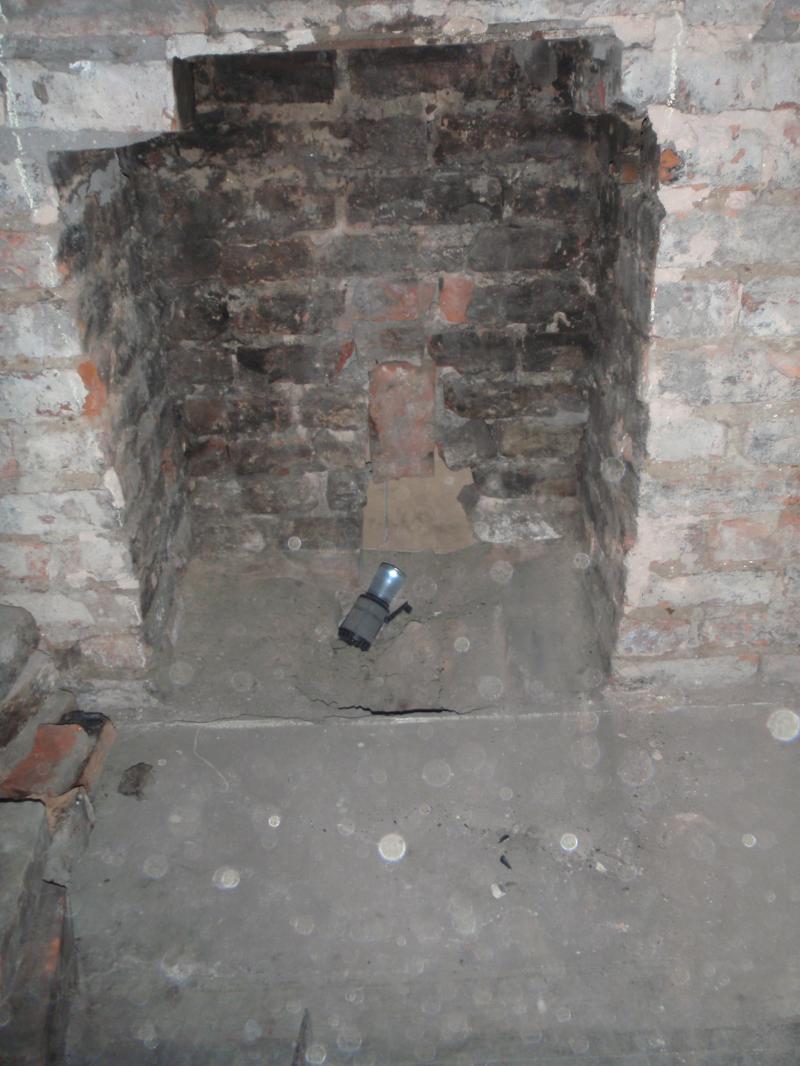I have quite a few resilient bars spare from doing some sound proofing for a 100W JCM 800 Marshall guitar amp, people could hear it outside before it ever got past 2.
I was making a box for the speakers to sit in. From memory, it was all 19mm chipboard and every seam was sealed. The top was hinged and there was a neoprene seal on the join.
Inside, I added studs, rubber lined wool insulation, then resilient bars, then had another box inside that with the speakers mounted in that. And, importantly, a microphone to pick the sound up and run it back to the computer / headphones. The point of it was to get the amazing sound of the Marshall, without the amazing volume, power breaks, digital emulation or anything like that in the way of the signal -> speakers line. Guitar amps do actually sound better turned up really loud, as the way the circuit and speakers respond or distort changes quite dramatically. Different distortion patterns create the signatures of different electric guitar sounds.
The box was sat on top of shredded rubber mat -> chipboard -> another layer of mat, to reduce the direct mechanical transmission to the floor (it was about the size of an office desk and HEAVY).
That worked incredibly well. Anyone who's had a go with one of the old 100w Marshalls knows the volume can rattle glass panes and easily go straight through walls.
In the insulation, I could still talk over it without raising my voice, sat a foot from it and with it turned up.
I had to buy a gigantic pack of resilient bars. If you're after some, I can count them up and perhaps post them out for some reduced £££. They're all clean and unbattered / hole / plaster / glue free since I hid them in the loft to keep them like that.
The stud wall suggestion is a good one (obviously, not mechanically connected to the party wall in anyway). That's a doable, cheap method that will get the sound down.
With it only being the TV / talking, that's not a major sound problem, so spending a fortune on studio foams / wools isn't really worth it.
Some sound will leak through the floor timbers resting on the walls in theory, but it's going to be pathetically low given the weight of the floors and the flexibility of the timber. The wall is doing it because it's a rigid surface.
You could try mounting the resilient bars to the wall and hanging the board alone to save space and make it easier, given the low level noise you're dealing with in the first place.
It depends on, a.) How much noise needs dealing with (not a lot by the sound of it) b.) How silent does it need to be c.) How much do you have free to spend d.) How expensive is space to you
a.) & b.) don't seem like big problems to me for something like the noise you're talking about.
So that leaves you with c.) & d.).
Particularly d.)
Resilient bars directly on the walls with new board may be enough.
A stud wall with insulation will almost certainly get it.
Something to keep in mind whenever dealing with insulations (be it for heat or noise) is that TINY gaps MASSIVELY compromise the effectiveness of the work.
A draft will ruin a big chunk of the thermal properties for something like foam board insulation. Rendering the boards more like a hidden decoration.
Similarly, if you leave gaps on your acoustic wall, the sound will still try getting round it all that way, potentially wrecking all your elbow grease, cash and time in it.
You will need to float the boards to some extent and allow for movement / expansion with gaps at the edge. Sealing those as you go will produce a lot of gain for very little extra money, time or cash.
Once you have your boards up, be it on the bars or a stud wall, dart round the edges with a cartridge of flexible decorators caulk or silicone and seal that be-atch.
You can get special intumescent caulks for doing acoustic work, but they're pretty much just decorators caulk in a more expensive looking tube. You can paint over acrylic decorating caulk, but I've also seen acrylic shrink away from surfaces if they're highly porous & dry, so the seal may reopen. They also don't flex as nicely as silicone.
Go for a high modulus sealant as it'll flex more if the panels move and it's only there to seal them, not mechanically fix or support them. Siroflex do HMA (high modulus acetoxy) silicone in cartridges for a few pounds. One or two of those will do the entire thing. NOTE: I don't know enough about the effects of silicone on plaster board, so you might want to check acetoxy will be okay first, as that type of sealant involves acetic acid (the smell of salt n' vinegar crisps) and the plasterboard is from alkaline minerals.
If you use rigid foam boards in a stud wall layout, you could also consider foaming those into place. Cut them a bit short on the width and length, then run round them with a can of squirty foam. The foam will expand and block any air passages at that level too. Just be careful it doesn't expand out the back and touch the party wall.
Hope there's something helpful in there.
If you're interested in those bars, shoot me a PM or something like that and I'll count them up and see about posting them.


